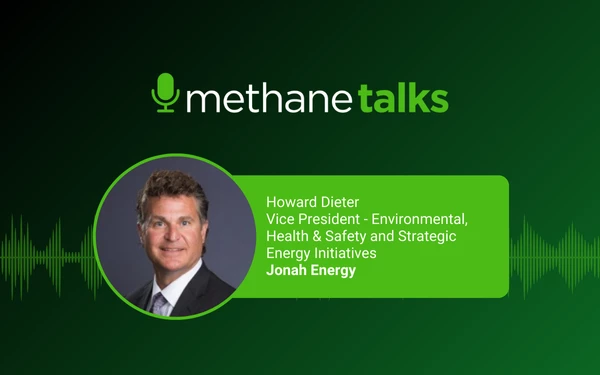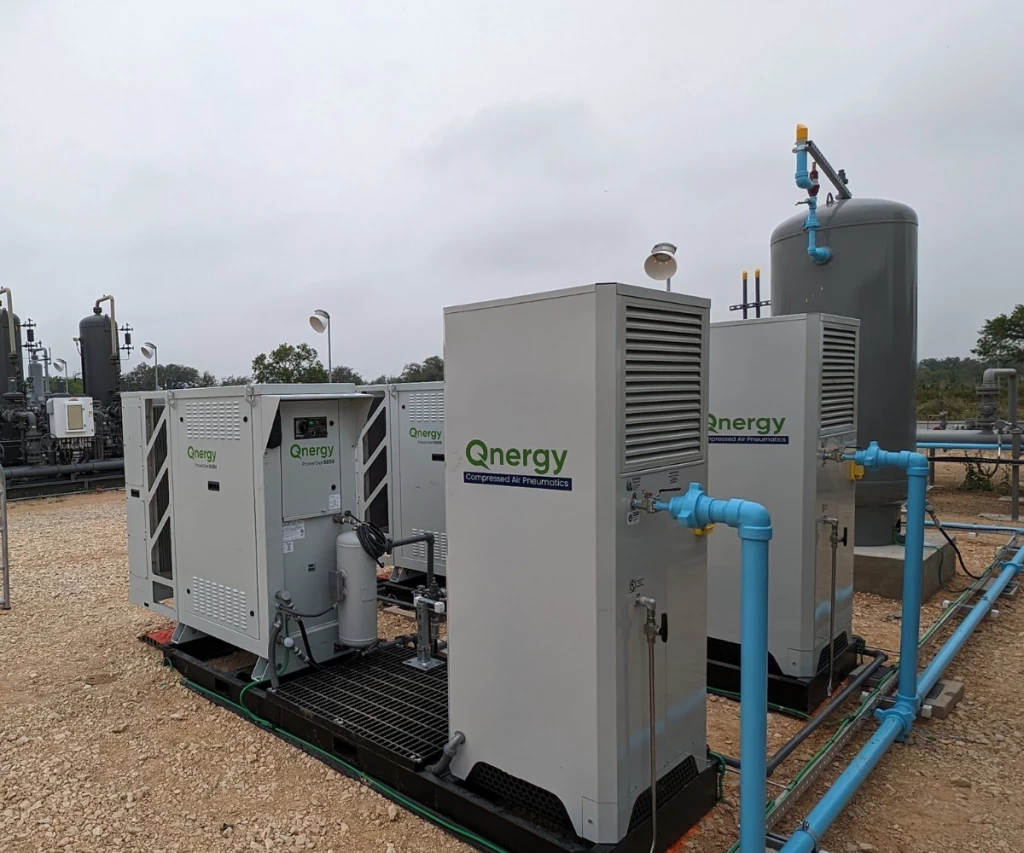Can AI Solve the Industrial Methane Challenge?
Add bookmark
Industrial methane emissions present a pressing environmental challenge. This potent greenhouse gas outpaces carbon dioxide in warming potential, making it a key target for sustainability leaders looking to make a meaningful climate impact. While the industrial sector has long struggled with detecting and quantifying these invisible discharges, artificial intelligence is emerging as a solution that could change how companies approach methane management.
The Scale of the Industrial Methane Issue
Understanding the scope and complexity of industrial methane emissions is essential for sustainability leaders developing effective mitigation strategies.
Key Sources and Detection Challenges
Industrial methane emissions are a major contributor to climate change, especially from oil and gas, chemical manufacturing and waste management. The challenge isn’t just the volume of discharges — it’s the difficulty in detecting them. Methane plumes are invisible to the naked eye and have no odor, so they are typically located with high-tech equipment, including infrared cameras. This has created a significant blind spot for industrial operators trying to manage their environmental impact.
Regulatory Pressure Is Mounting
The regulatory landscape is tightening rapidly. In the United States, a methane emissions fee, as detailed by the Inflation Reduction Act, has been in effect since its inception in 2024 and will increase to $1,500 in 2026. The European Union also enacted new rules regarding methane emissions across fossil fuel operations, including imported greenhouse gas emitters.
For sustainability leaders already dealing with complex operational challenges, these new requirements add urgency to finding scalable solutions. As many as 59% of manufacturers expected unchanged supply chain issues through the fourth quarter of 2023. As a result, industrial leaders may embrace technology to solve persistent operational problems, making AI-driven methane management a natural step.
Is AI Changing Methane Detection?
Artificial intelligence can change how companies identify, measure and manage methane emissions across industrial operations.
Satellite Technology Meets Machine Learning
Combined with AI-powered analytics, satellite-based observation is emerging as a scalable and independent solution for near-real-time emissions tracking and accountability. This technology shift represents a basic change from traditional ground-based monitoring approaches, which were limited by cost, coverage and human resources.
Breakthrough Performance Results
Recent breakthroughs demonstrate AI’s remarkable capabilities. Kyoto University and Geolabe researchers developed a global-scale method that automatically detects methane emissions. This development represents an impressive improvement over traditional methods that required manual verification and could only detect substantial discharges.
Commercial Applications in Action
Companies like GHGSat are leading the commercial application of this technology. It has nine satellites in orbit serving the oil and gas industry. The GHGSat team developed AI algorithms that can automatically process terabytes of satellite data to identify methane signatures. Meanwhile, the AI4CH4 project works to enhance methane atmospheric monitoring. It uses advanced Earth observation data and technology to create detailed automated detection systems.
Integrating multiple technologies is integral to AI’s success in this space. Access to these tools makes parsing terabytes of emissions data feasible, giving the oil and gas industry an emerging tool for environmental stewardship. This combination of satellite technology, machine learning algorithms and automated processing creates a monitoring system that would have been impossible just a few years ago.
Benefits and Current Limitations
While AI-powered methane detection offers significant advantages, understanding opportunities and challenges helps leaders make informed implementation decisions.
Dramatic Accuracy Improvements
The advantages of AI-powered methane detection are compelling for industrial sustainability leaders. Traditional detection methods typically have accuracy issues, whereas machine learning techniques deliver far more accurate results.
Speed and Coverage Advantages
Beyond accuracy, AI solutions offer unprecedented speed and coverage. Companies using AI-based tools can monitor larger areas more frequently while maintaining the precision for regulatory compliance and meaningful emission reductions.
Implementation Considerations
Current limitations remain important considerations. AI automation requires further validation by human experts, meaning companies still need skilled personnel to interpret and act on AI-generated insights. Data quality and integration challenges persist, particularly when connecting AI systems with existing industrial monitoring infrastructure networks.
Cost considerations can vary significantly. While satellite-based AI monitoring eliminates many traditional field measurement expenses, the initial investment in technology platforms and data processing capabilities can be substantial. Companies need to weigh these upfront costs against the long-term benefits, which include improved compliance, enhanced operational efficiency and potentially avoiding penalties.
Implementation Strategies for Sustainability Leaders
Successfully deploying AI-powered methane management requires thoughtful planning and strategic execution across multiple organizational dimensions.
Start With High-Priority Areas
Industrial sustainability leaders considering AI-powered methane management should start with clear objectives and scalable approaches. Rather than attempting to monitor everything simultaneously, successful implementations often begin with high-priority facilities or operations where methane emissions are most likely or most problematic.
Build Strategic Partnerships
Collaboration emerges as a key success factor. Companies can benefit from partnering with technology providers, research institutions and competitors to share costs and accelerate learning.
Focus on Data Integration
Data integration is an essential element. The most effective AI systems typically combine satellite observations with ground-based sensors, operational data and weather information to create complete monitoring networks. This requires careful planning and significant coordination across different departments and systems.
Training and change management are necessary. AI systems automate much of the detection process but still require skilled operators who understand the technology and industrial process monitoring. Investing in workforce development ensures companies can fully leverage their AI investments.
The Future of AI in Methane Management
The convergence of technological advancement and regulatory pressure creates a rapidly evolving landscape for AI-powered methane solutions.
Expanding Satellite Infrastructure
The trajectory for AI in industrial methane management points toward increasingly sophisticated and accessible solutions. Satellite-based monitoring capacity is likely to expand rapidly.
Regulatory Momentum Building
Regulatory drivers will likely accelerate adoption. As regulations become more stringent and widespread, AI-powered monitoring may shift from a competitive advantage to a business necessity.
The technology itself keeps evolving. Future AI systems will likely integrate live weather data with predictive maintenance schedules and operational planning. The influx of large datasets from diverse industrial environments can increase the accuracy of machine learning models.
Turning Promise Into Action
AI’s potential to solve the industrial methane challenge is becoming clear. With proven capabilities for automated detection, improved accuracy and scalable monitoring, these technologies offer sustainability leaders tools for meeting environmental goals and regulatory requirements.
The companies that act now will be best positioned to navigate the evolving regulatory landscape while demonstrating genuine environmental leadership. The question isn’t whether AI will transform industrial methane management, but which companies will lead the movement.



























